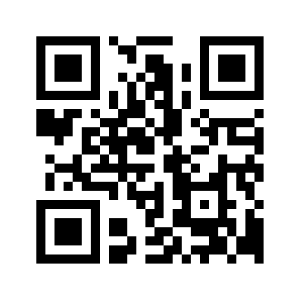 QR codes have been around since the early 1990s, but it’s only with the widespread adoption of smartphones with barcode-scanning apps that customers have had a way to easily access QR codes in significant numbers. According to comScore 20.1 million mobile phone owners in the U.S. used their device to scan a QR code in the three-month average period ending October 2011. In the big scheme of things this isn’t a large number. However, the number of people using QR codes is expected to grow.
QR codes have been around since the early 1990s, but it’s only with the widespread adoption of smartphones with barcode-scanning apps that customers have had a way to easily access QR codes in significant numbers. According to comScore 20.1 million mobile phone owners in the U.S. used their device to scan a QR code in the three-month average period ending October 2011. In the big scheme of things this isn’t a large number. However, the number of people using QR codes is expected to grow.
So, what can marketers do to take customers out of their comfort zone and try something new? The ability to access information won’t drive customers to a product’s site unless there’s a reason for them to do so. Below are some of the most creative, fun and interesting examples of QR code marketing that show the potential QR codes have in enriching the product experience and offering the customer real value.
1. Re-inventing the shopping experience
For global supermarket giant Tesco, the problem of enticing hard-working, time-strapped Koreans into its stores was solved by bringing the shopping experience to them, with virtual stores based in subways and metro stations. Shoppers were encouraged to browse life-like images of supermarket shelves with their smartphones and scan the QR codes on products to add them to their shopping carts, all whilst waiting for the metro. Their purchases would then be delivered to them at home, with no need to carry heavy bags.
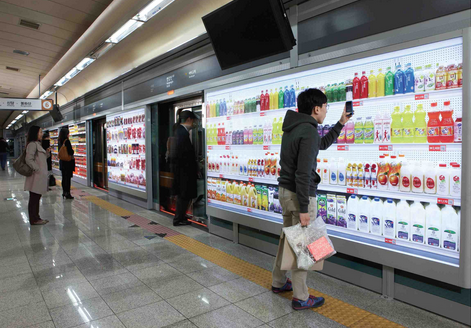
Tesco’s life-like subway supermarket shelves.
2. Enhancing the user experience
Some savvy museums and art galleries have been quick to realise the potential in QR codes for enhancing user experiences. For visitors with smartphones, art galleries such as The Cleveland Museum of Art use QR codes next to exhibits to direct them to online or audio tours, or else more in-depth information.
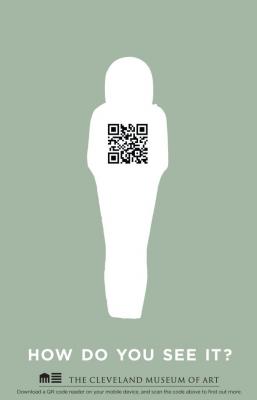
3. Streamlining the customer’s visit
Stores such as Starbucks are using QR codes to streamline the way they interact with customers. Rather than offering a great product but a long line to pay, customers in Starbucks stores can now integrate their pre-loaded card and their phone app to pay more quickly, as well as learn more about the products and stores.
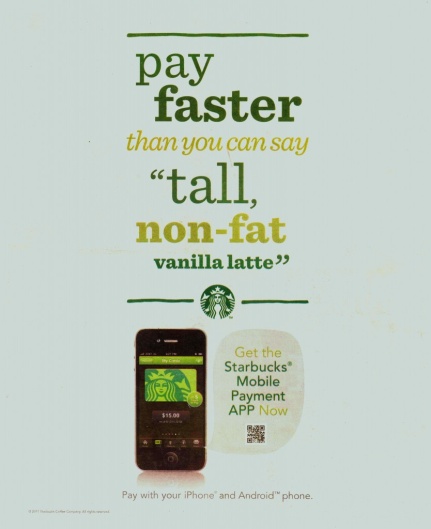
4. Noting the things you enjoy
In a restaurant and enjoying your wine? Rather than scribbling the name down on a napkin to be lost later, restaurant-goers can now scan the QR code on certain wine labels to find out more about the vineyard, the grape, and sometimes to let them buy a case before they’ve even finished the bottle.
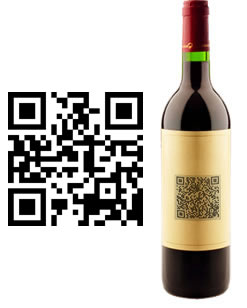
5. Give the customers something they want
Mountain Dew and Taco Bell partnered on a promotion where customers would scan QR codes on drink cups to get free music downloads. They knew their customers: younger people interested in popular culture. The campaign got them over 200,000 downloads.
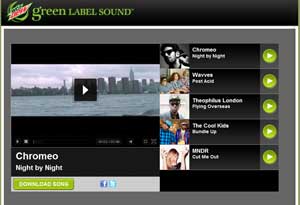
6. Providing real-time information
QR codes can take customers to real-time updates anywhere where there is a constant flow of information. This could be anything from train stations and bus stops, to sales in department stores with the latest deals and offers, live events with updated speaker information, or even restaurant specials and booking.
The German city of Frankfurt recently introduced smart posters in train carriages giving commuters travel information, transport connections, special events and points of interest as well as details of special offers for holders of their travel card.
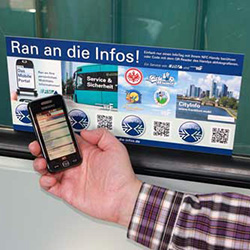
Frankfurt’s U-Bahn Info-Modules
7. Initiate a great competition which customers share with friends
Verizon recently ran a successful campaign that increased sales by an incredible 200%. In-store customers scanned a QR code that shared their competition entry on Facebook. If that link was used by one of their friends to buy a Verizon mobile, the original customer would win a smartphone. Verizon saw a $35,000 return on a $1,000 investment, plus a brand awareness on 25,000 new Facebook profiles.
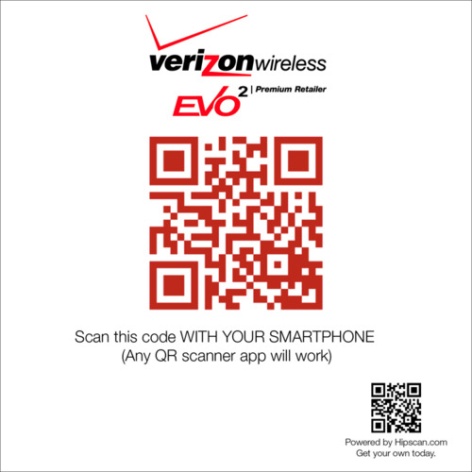
8. Personalized gift giving
This holiday season retailer JCPenny came with a brilliant idea that allowed customers add a personal touch to their gifts. When you purchased a gift from any JCPenny store, you receive a ‘Santa Tag’ which had a accompanying QR code. By scanning it, you then had an ability to record a personalized voice message for the person you’re giving the gift to. Once you’ve done that, you just had to stick the QR code onto the present and send it off.
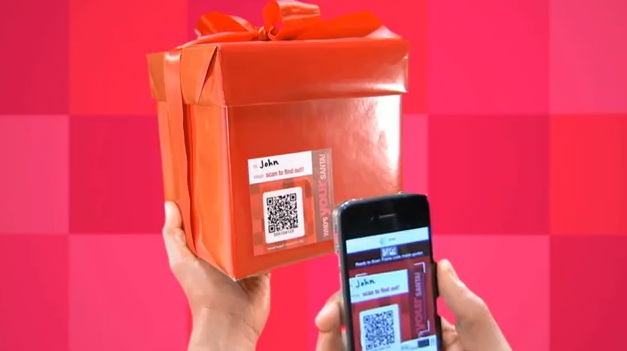
9. Help your customers grow their business
Google is an example of a company that helps their customers expand their business with QR codes. Google identified over 100,000 businesses in the U.S. as “Favorite Places on Google” based on Google users’ interaction with local business listings. Each business received a window decal with a unique QR code that people passing by could scan with their phones to find information about that business, see when its open, read reviews, star the business as their favourite and much more.
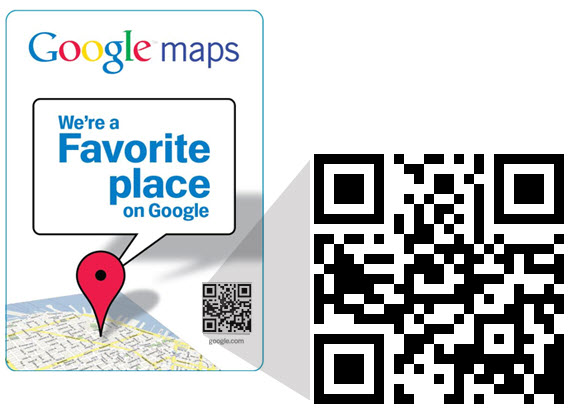
10. Sharing modern day mixtapes
If you would like to convey a special message to that special person through music, you can now do so through modern day mixtapes. It is way faster and less painful to do digitally through Spotify. Now all you have to do is create a playlist on Spotify and send that special person a greeting card with the QR code. Just scan the code and listen to the mix.
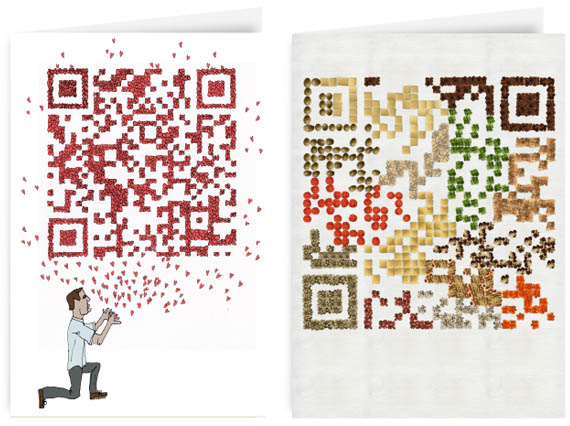
So what’s next for QR Codes?
The future of QR codes is still uncertain: will they reach widespread public consciousness or are they only ever going to be a quirky aside for mainstream promotional campaigns? The trend towards increasingly complex personal technology suggests that the potential is there, but the question remains whether marketers will fully exploit the opportunities QR codes have to offer.
Originally published on Mashable
QR codes can take customers to real-time updates anywhere where there is a constant flow of... Click To Tweet The future of QR codes is still uncertain Click To Tweet